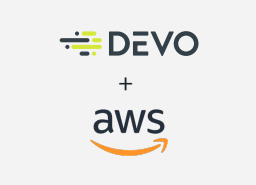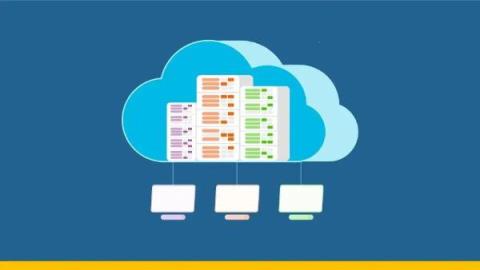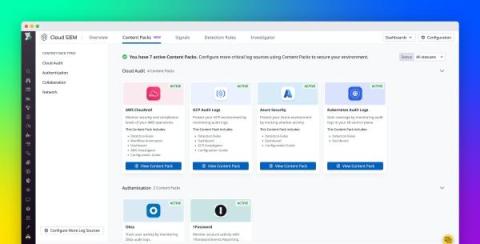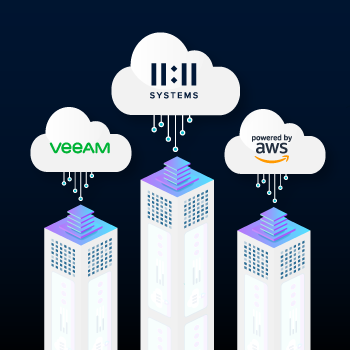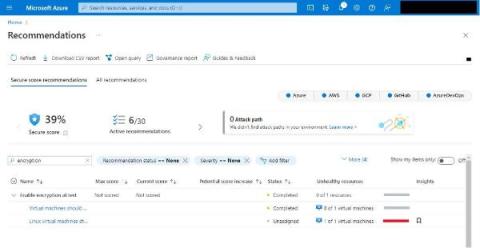Security | Threat Detection | Cyberattacks | DevSecOps | Compliance
Cloud
How To Conduct An Azure Security Audit: The Actionable Guide
Over 56% of organizations globally use Microsoft Azure for their cloud services owing to its convenience, cost-effectiveness, and scalability. It is vital to secure your Azure environment against the backdrop of an ever-evolving threat landscape. Otherwise, your database and digital assets can leak sensitive data. And one way to do it is through Azure security audits.
Move to the Cloud with Confidence: 6 Key Risks & Mitigation Techniques, Part 1
Over the past several years, an increasingly fluid work environment has followed trends of modern globalization in the workplace. Leveraging cloud solutions, many companies have let go of historical limitations imposed by on-premises and local solutions. The truth is, cloud outsourcing can be a game changer, as it provides organizations with more cost effective and management friendly software, infrastructure, and computing power than would otherwise be possible.
AWS Security Data Lake and the Devo Platform
In the ever-evolving cybersecurity landscape, the need for a comprehensive security data lake (SDL) has become important to some enterprises. Organizations face multi-vector threats that demand extensive data analysis to effectively counter them.
What Are the Most Common Security Risks of Cloud Computing?
Identifying and understanding the most common cloud security risks is crucial to a successful cloud computing adoption strategy. Organizations migrating to the cloud continually face new threats and discover vulnerabilities that were not present when they operated software deployed on-premises. According to IBM’s Cost of a Data Breach report, almost half of all data breaches are happening in the cloud, with attacks on systems hosted on public clouds costing an average of $5.02 million.
Easily ingest and monitor security logs with Cloud SIEM Content Packs
Datadog Cloud SIEM helps customers protect their cloud environment and SaaS applications against threats with built-in threat detection rules, interactive dashboards, workflow blueprints, and in-depth support resources. These capabilities provide valuable insights into your security posture, so you can respond promptly to emerging threats. In order to generate these insights, Cloud SIEM analyzes log data, which users can start sending to Datadog by enabling one of our out-of-the-box integrations.
Best in Class
Why AWS indeed. This is not one of those start with why posts, but hopefully a peek into the reasons behind our partnership with AWS and what that means for you and how it could benefit you. The beginnings of something great Public cloud is well established, with about 50% of all workloads now running in a public cloud location. We have heard of ”the big three” cloud providers: AWS, Azure, and Google Cloud.
Easily Enable Encryption: Secure Cloud-native Development Series
Build secure cloud-native applications by avoiding the top five security pitfalls we lay out in our Secure Cloud-native Development Series. This blog is the fourth part of the series, and it will teach you why and how to easily enable encryption and save yourself headaches down the road. Here's a new motto: encrypt everything! When securely moving to cloud-native technologies, building encryption in from the start will save us a lot of headaches later.
How To Write A Post-Audit Cloud Security Report
A post-audit cloud security report is a document that provides an overview of the security status of the cloud environment, infrastructure, and applications of a business. It verifies that vulnerabilities and security flaws have been identified and assessed, and offers recommendations to address these security gaps.





